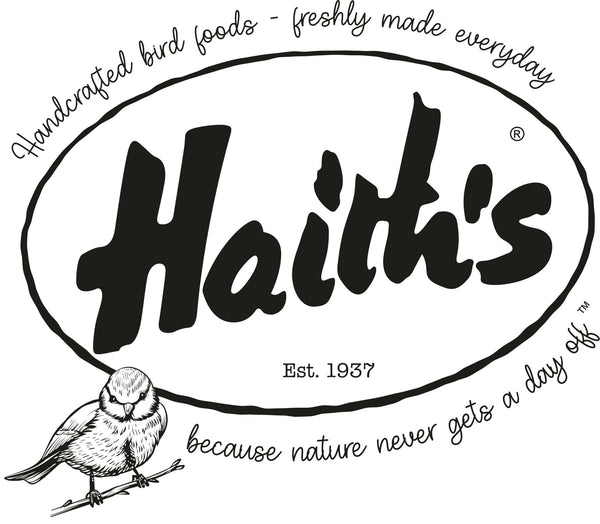Why Berries Are Good for Wild Birds in Winter
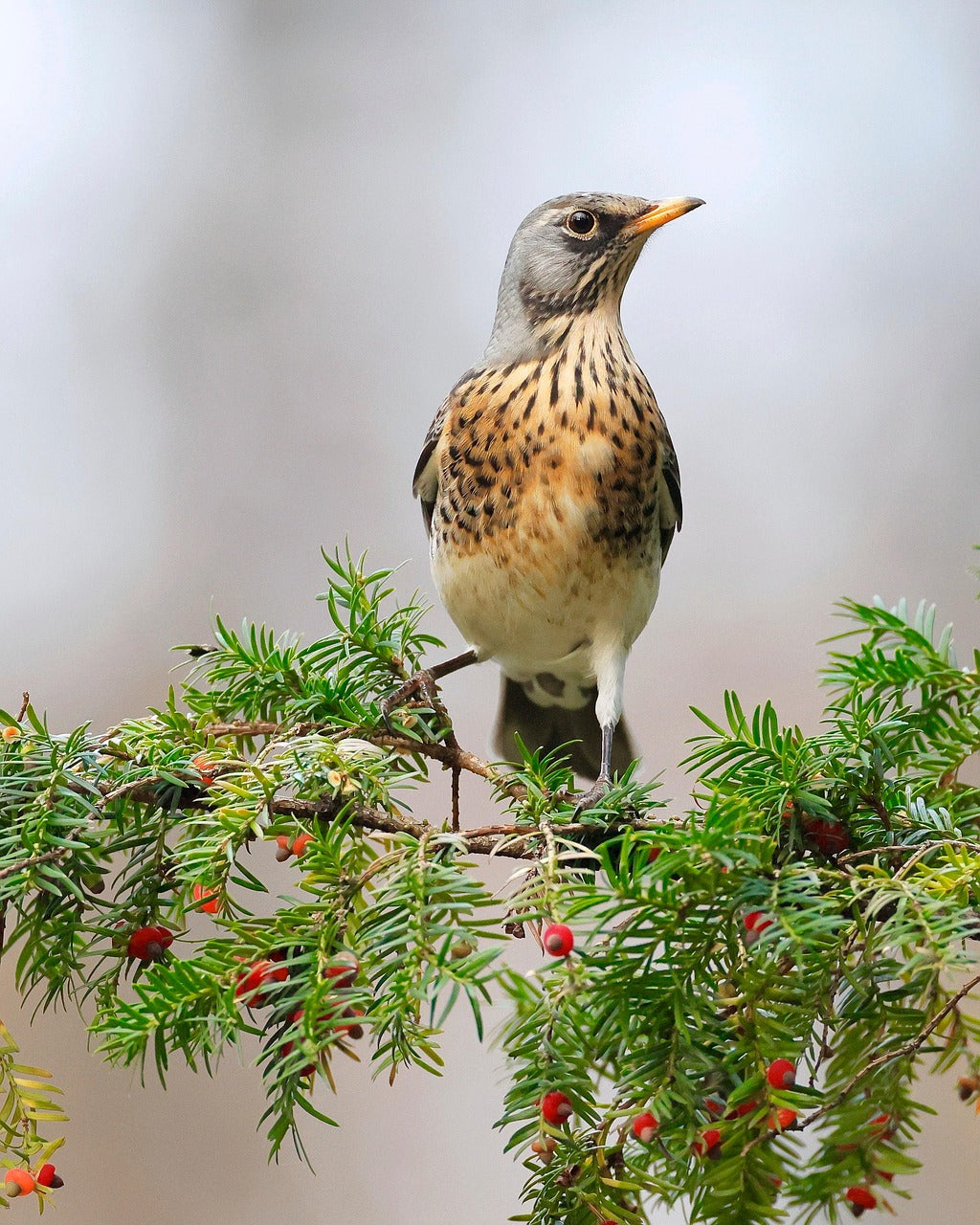
When the cold months roll in, food becomes scarce for our wild birds. The frosty mornings, shortened days and frozen ground make finding insects, worms and seeds much more difficult. But nature has a clever way of helping birds through the toughest season: berries. These little bursts of colour in hedgerows, trees and garden aren’t just beautiful to look at – they are a lifeline for birds in winter.
In this blog, we’ll explore why berries are so important, which birds love them most, and how you can give your garden visitors a helping hand with Haith’s Winterberry Mix.
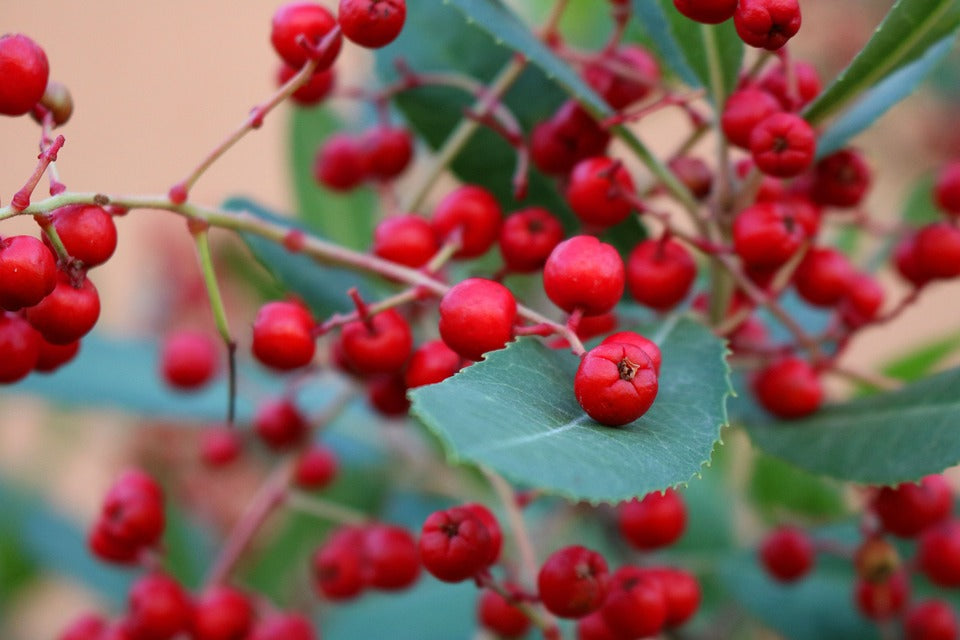
Why are berries so valuable in winter?
-

A rich source of energy
Berries are packed with natural sugars, carbohydrates and fats. For small birds, especially those that weigh no more than a few grams, keeping warm on a freezing night is a real challenge. They need to eat often during the day to fuel their tiny bodies. Berries give them a quick energy boost to survive the cold.
-

Vitamins and antioxidants
Just like us, birds benefit from vitamins. Many berries contain Vitamin C and antioxidants, which help keep them healthy and fight off disease. These nutrients also support feather condition, vital for insulation against winter weather.
-

Available when other food is not
Insects are almost absent in winter, and many plants stop producing seeds. However, hedgerows, shrubs and trees laden with berries remain. Some berries even ripen late or stay on branches well into January and February, offering a continuous food supply when birds need it most.
Which birds eat berries?
You’ll be surprised at just how many species enjoy berries in the colder months. Here are some of the most common visitors you might spot:
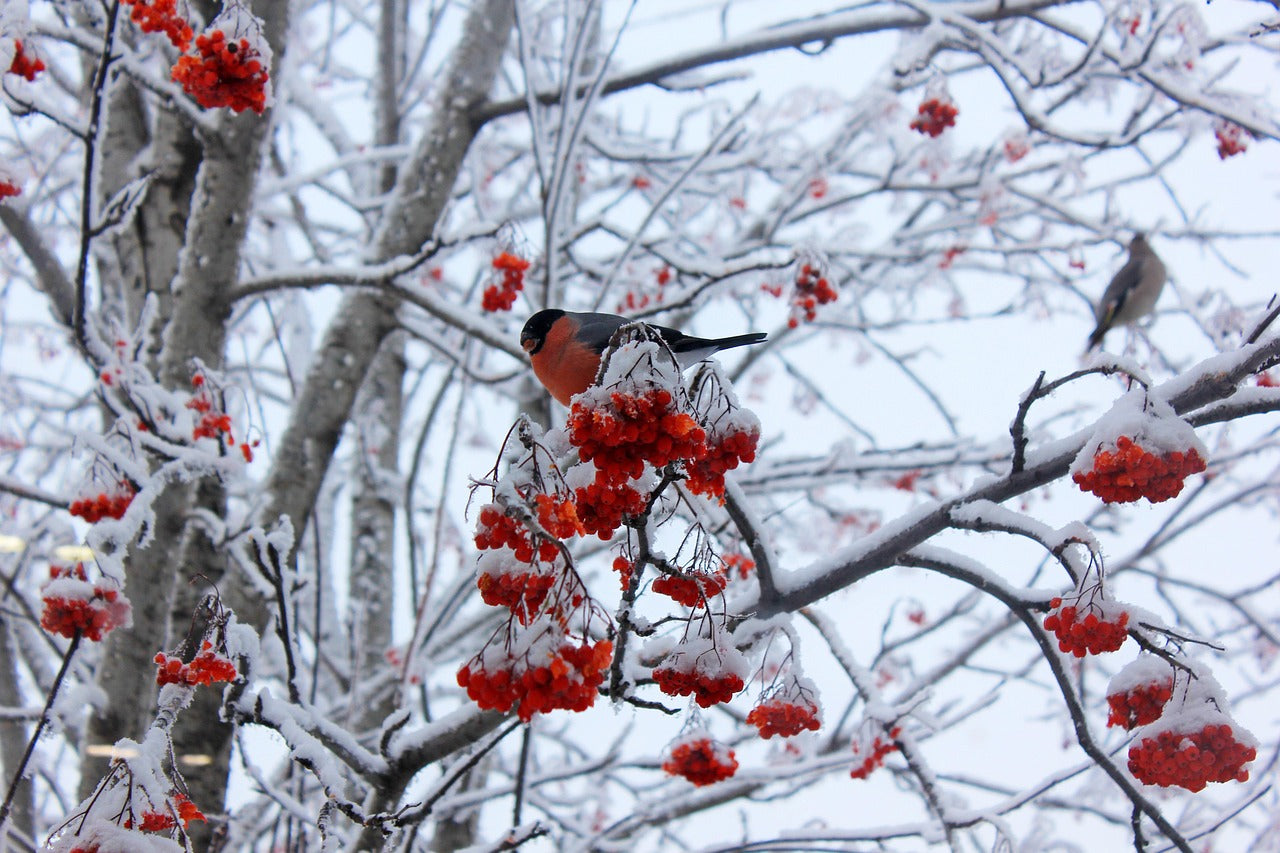
Finches
- Bullfinches – Distinctive with their rosy breasts, bullfinches often take buds but will also eat berries when available.
- Greenfinches – More commonly known as seed-eaters, they will happily switch to berries when food is scarce.
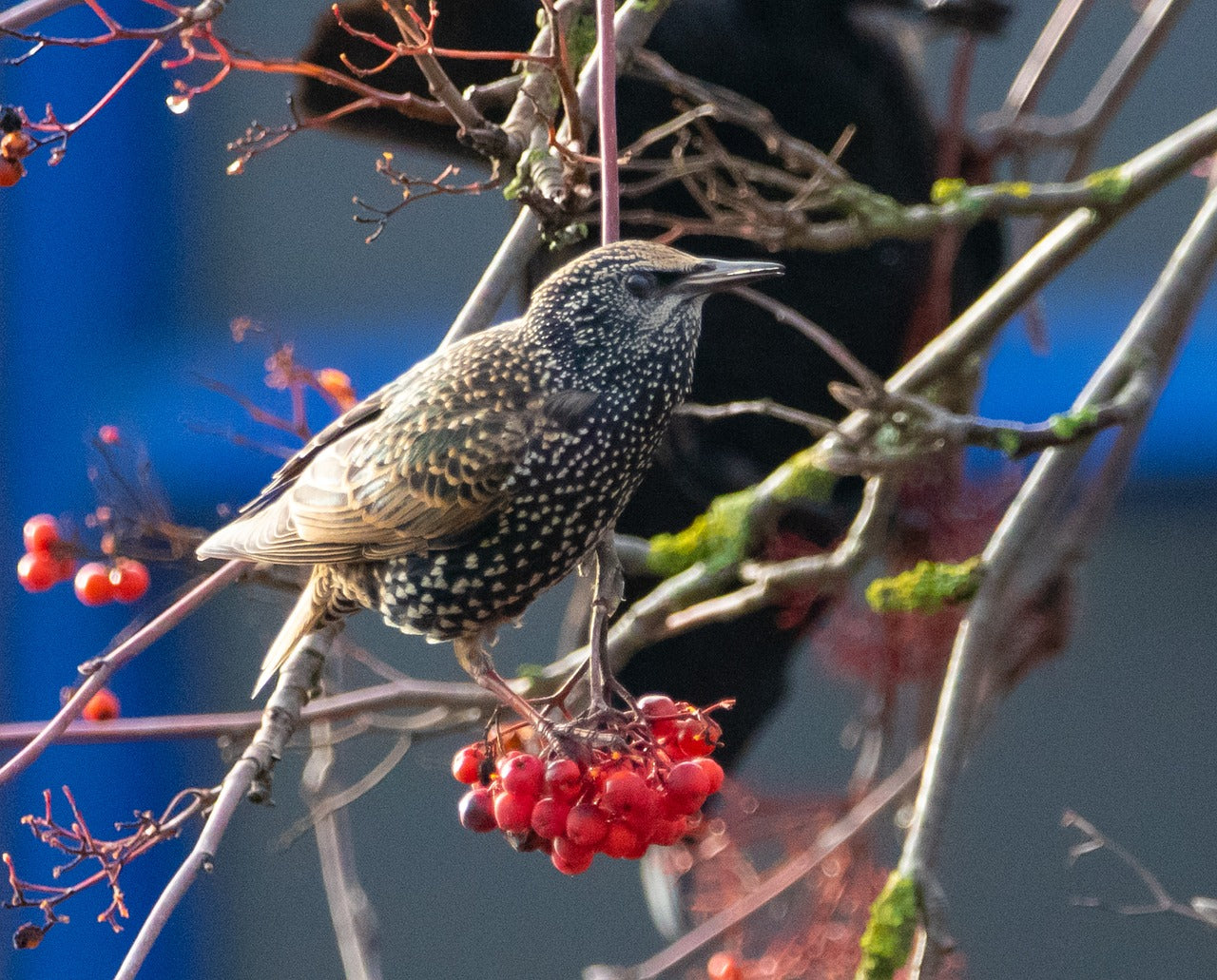
Robins and starlings
- Robins – Known more for insects, but they’ll also eat berries such as elderberries or ivy berries in winter.
- Starlings – Large flocks can quickly strip a tree or bush of its berries, favouring elder, cotoneaster and hawthorn.
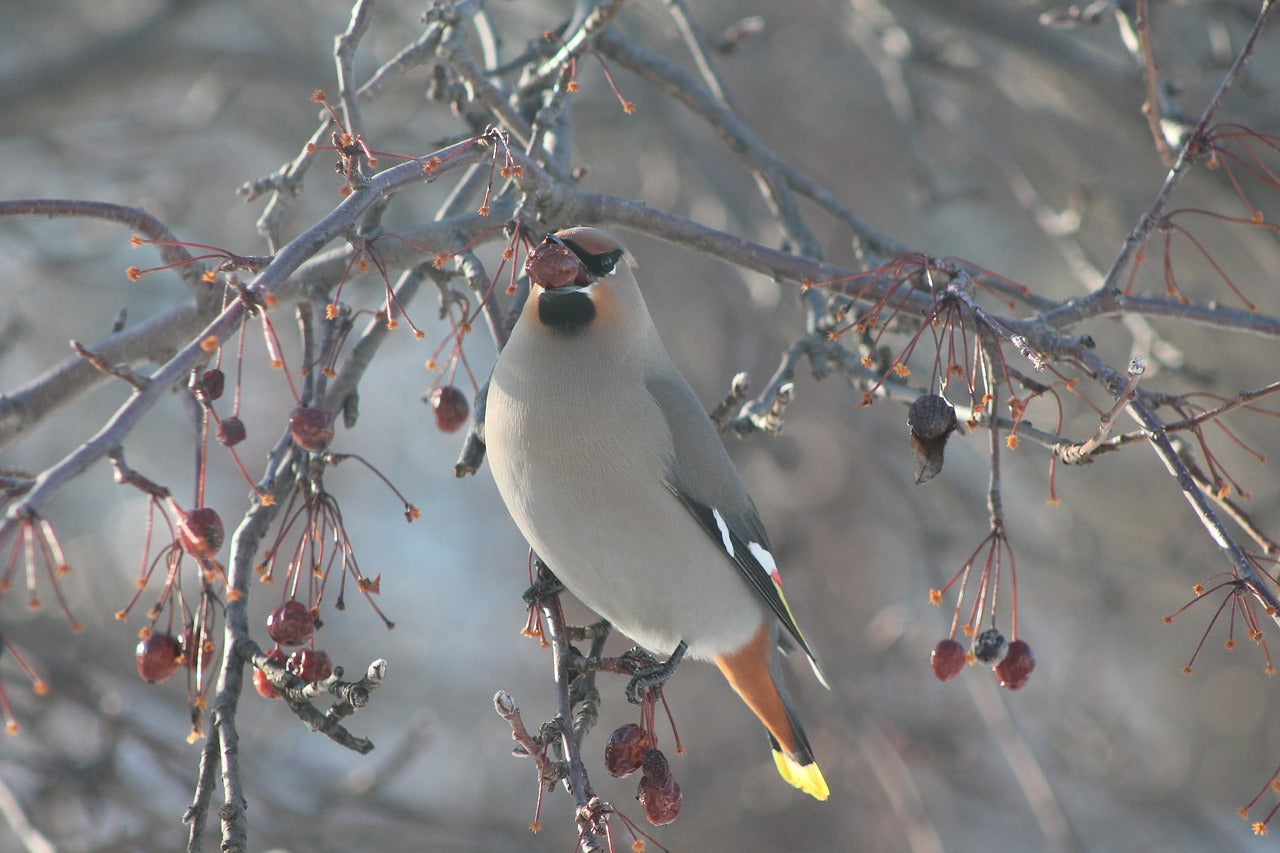
Waxwings
These exotic-looking birds are a real winter treat in the UK and much of northern Europe. Their arrival depends on berry harvests further north. If food is poor in Scandinavia, waxwings flock south in huge numbers. They are particularly fond of rowan and hawthorn berries.
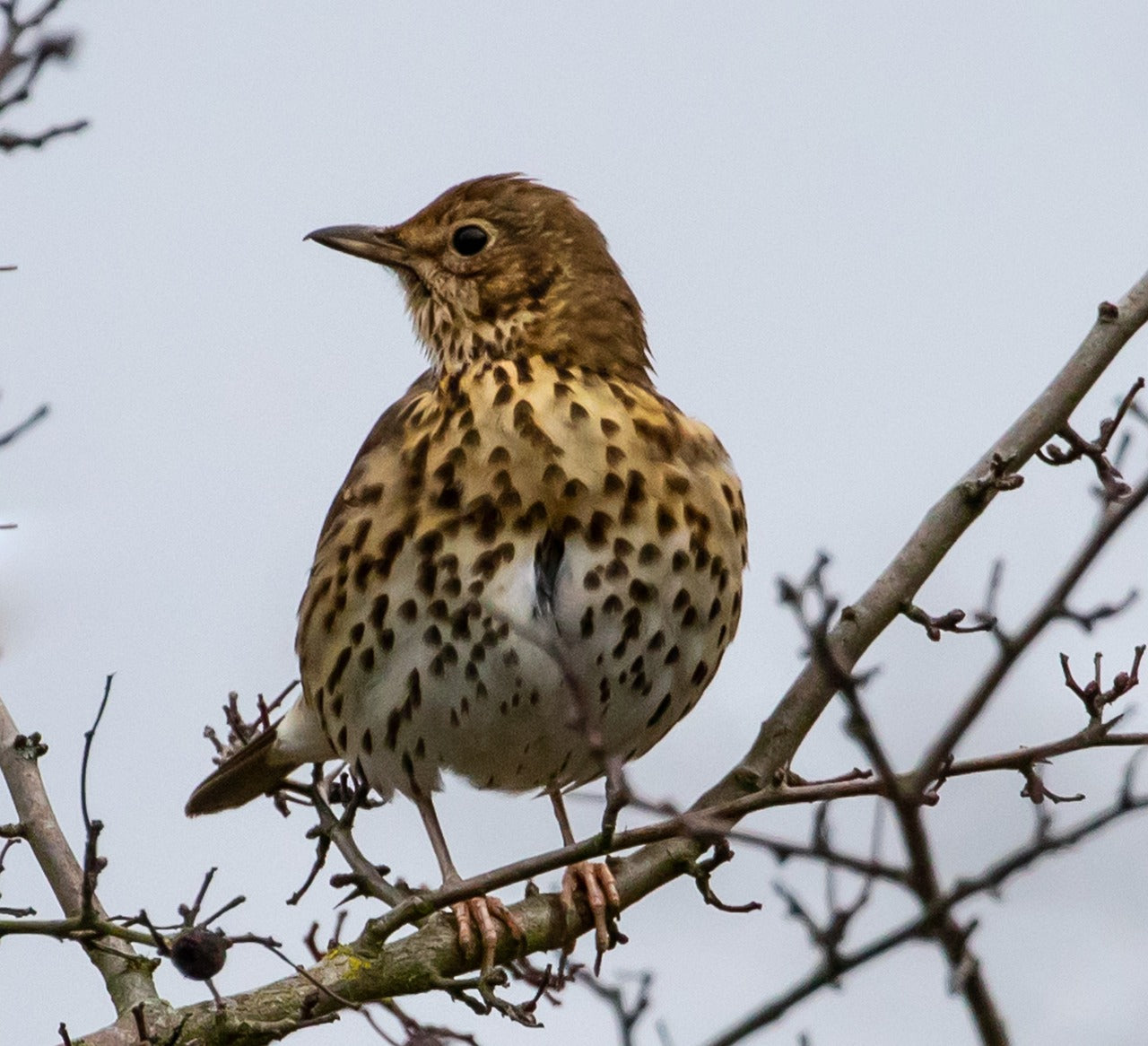
Thrush family
- Blackbirds – Perhaps the best-known berry lovers, blackbirds often gorge on holly, rowan and cotoneaster berries.
- Song thrushes – They happily feast on hawthorn and rowan berries, helping them survive their long nights.
- Redwings and fieldfares – These winter visitors migrate from Scandinavia and Russia. They arrive in huge flocks, sweeping across fields and hedgerows in search of hawthorn berries, rose hips and crab apples.
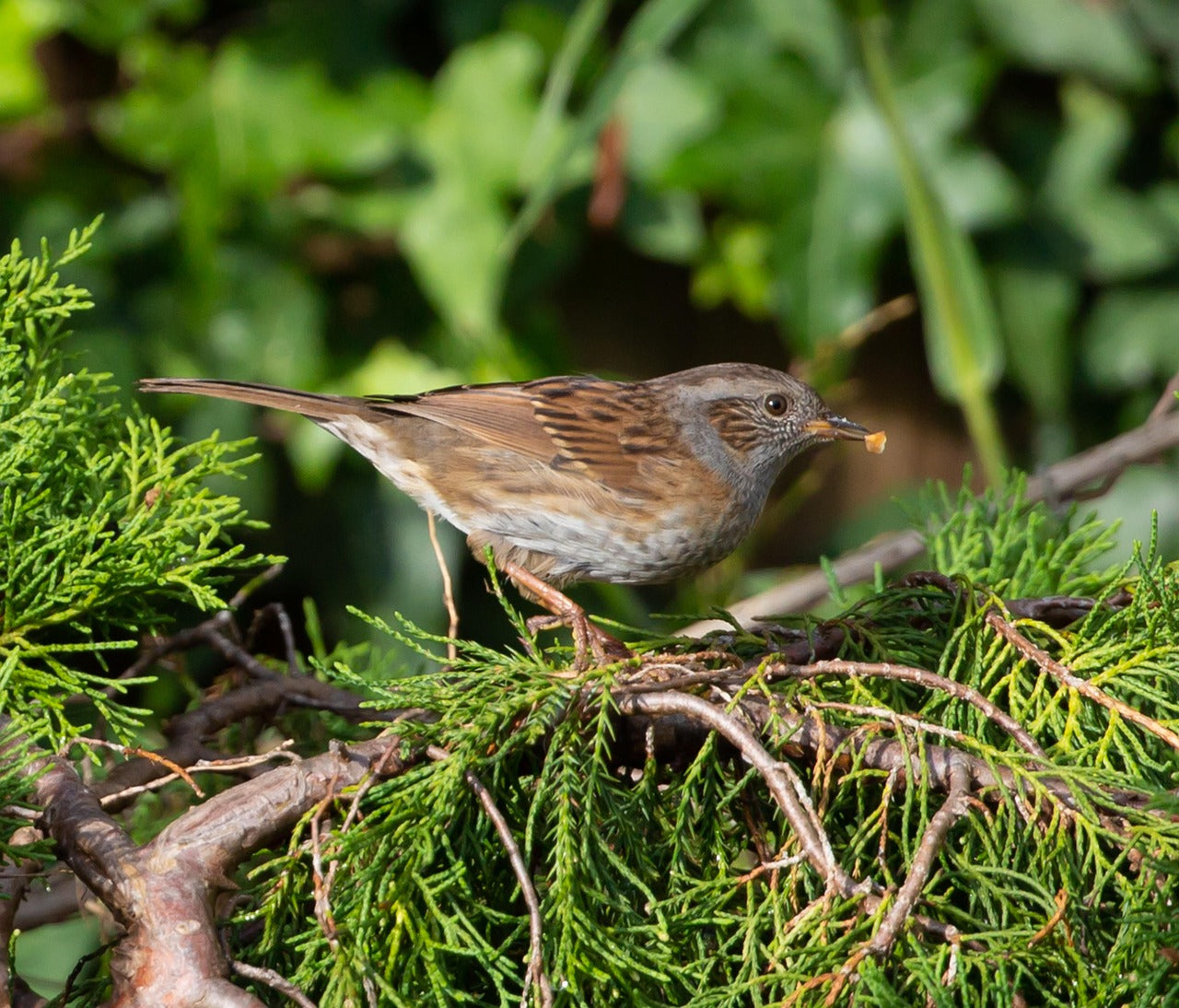
Other berry-eating birds
Dunnocks, mistle thrushes, wood pigeons and even house sparrows will take berries during winter when other foods are harder to find.
Which berries are best for birds?
Not all berries are equal. Some are gobbled up quickly, while others stay on shrubs for months. A mixture of early- and late- fruiting varieties ensures a steady supply throughout the season.
-

Hawthorn
Bright red berries that appear in autumn and last well into winter. A favourite of thrushes and redwings.
-

Rowan (mountain ash)
Clusters of red, orange or yellow berries. Very popular with waxwings, blackbirds and starlings.
-

Holly
The bright red berries not only look festive but also provide much-needed energy for birds like blackbirds and mistle thrushes.
-

Elderberry
Ripening earlier, often eaten in late summer and autumn, but still valuable. Starlings love them.
-

Ivy
A real lifesaver in late winter, as its berries ripen later than most. Many birds turn to ivy berries in February when other food has disappeared.
-

Rose hips
Rich in Vitamin C, these can last into midwinter, and are eaten by finches, thrushes and blackbirds.
-

Cotoneaster
A popular garden shrub whose berries are irresistible to starlings and waxwings.
-

Crab apple
Although technically a fruit rather than a berry, the small crab apples soften after frost and become an important food
source for thrushes.
Bringing berries to the bird table: Haith’s Winterberry Mix
Not every garden has hedgerows full of berries – and even where they do, supplies can run out quickly once the hungry winter flocks arrive. That’s why Haith’s created the Winterberry Mix – a premium blend designed to give garden birds all the goodness of berries, combined with energy-rich seeds and grains.
This mix isn’t just bird food – it’s a lifeline in the toughest months. Packed with berry flavours that birds naturally seek out, it helps keep them coming back to your feeders day after day. With Haith’s Winterberry Mix you’ll:
- Attract more species – blackbirds, thrushes, finches, robins and even winter migrants like redwings and fieldfares.
- Support bird health – berry ingredients provide vitamins and antioxidants, while seeds deliver essential fats and proteins.
- Bring your garden to life – nothing beats the sight of a blackbird feasting
or a robin hopping in for a taste of winter berries.
It’s easy to use too. Scatter it on your bird table, pop it into seed feeders, or sprinkle a little on the ground for ground-feeding birds. However you serve it, Winterberry Mix will make your garden a magnet for birds this winter.
Available now from Haith’s – give your garden visitors the berry boost they need to survive the season.
1
/
of
5
HAITH'S to HOME
Winterberry™ – High-Energy Winter Bird Seed with Rowan Berries
Regular price
£6.79 GBP
Regular price
£7.99 GBP
Sale price
£6.79 GBP
Unit price
/
per
VAT included (where applicable).
Share



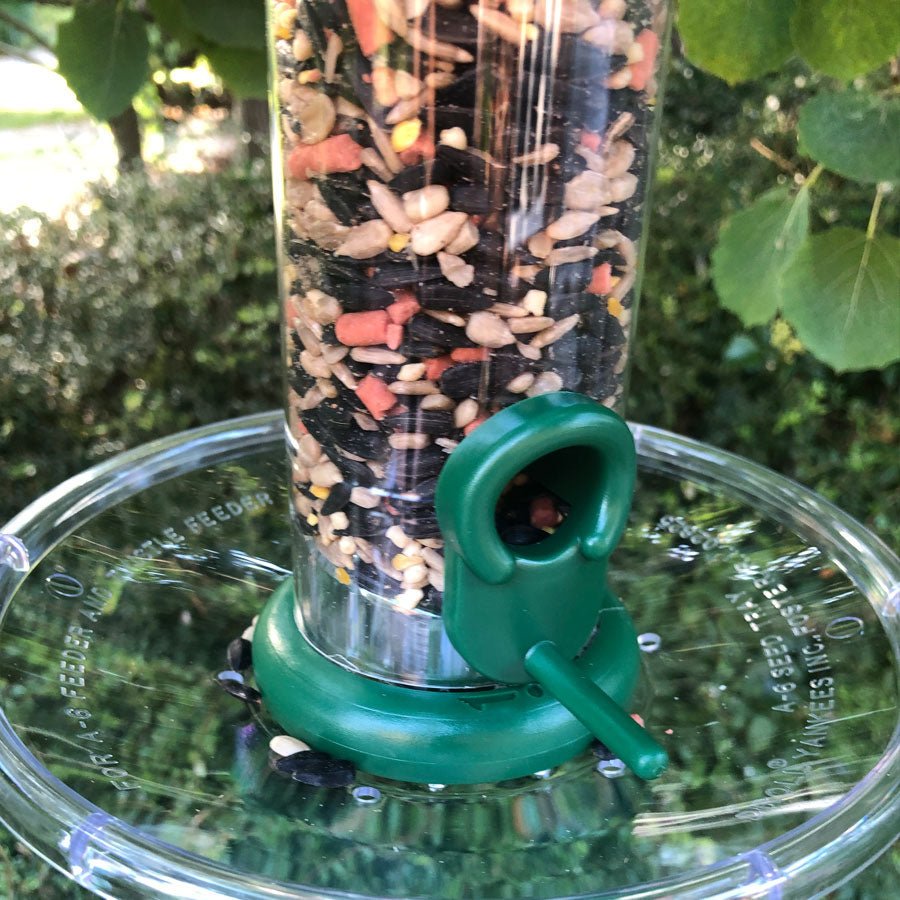
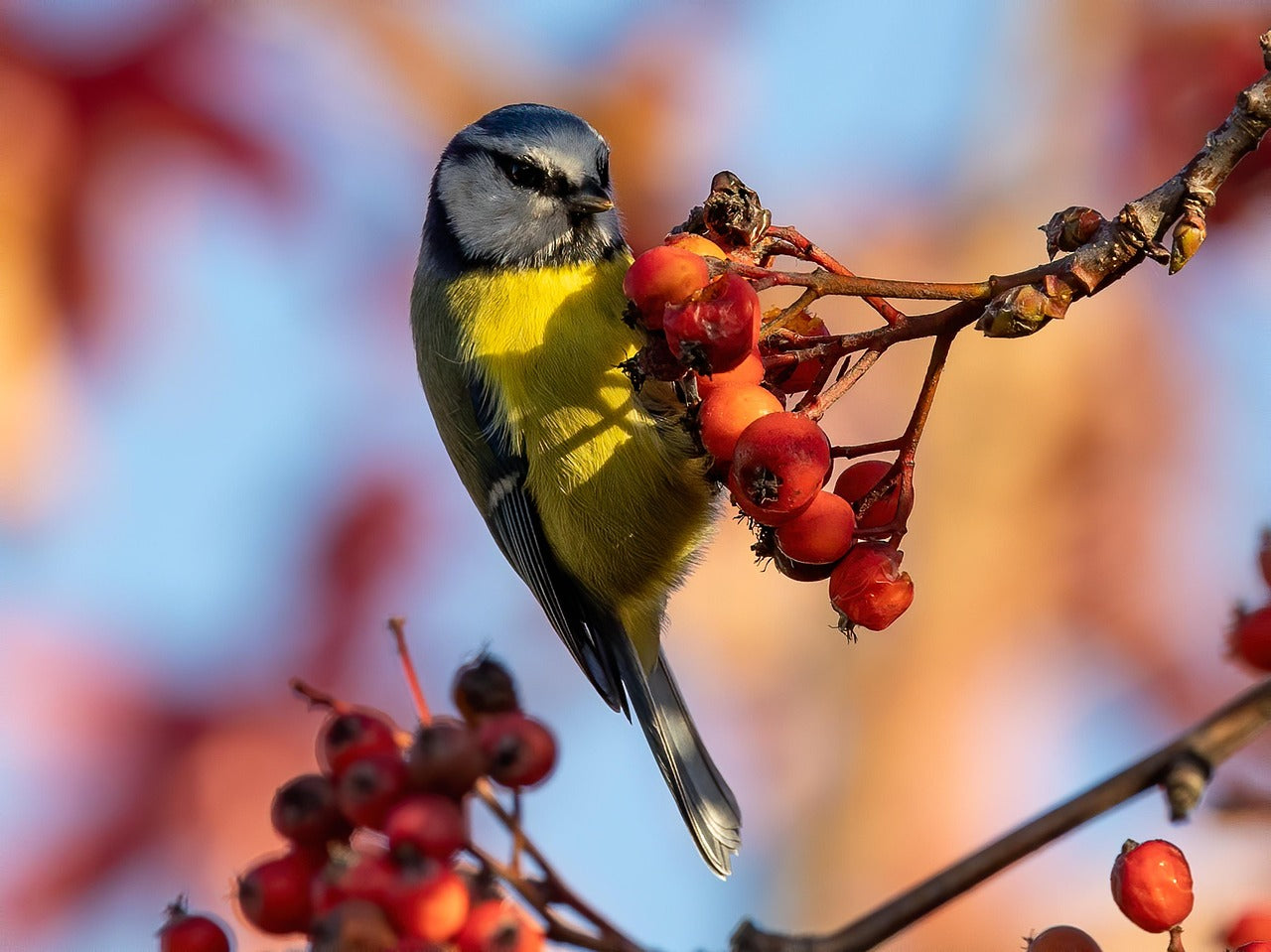
Winter is the toughest season for wild birds. With insects hidden away and the ground often frozen, finding food is a daily battle. Berries, however, provide a rich, reliable source of nutrition, keeping birds alive and healthy. By choosing Haith’s Winterberry Mix, you can provide the benefits of berries in your own garden, attracting blackbirds, thrushes, finches, robins and more. Not only will you be supporting wildlife, but you’ll also enjoy the joy of seeing your garden visitors thriving through the coldest months. So next time you see a blackbird tucking into a berry or a robin hopping around your feeder, you’ll know you’re helping nature do what it does best – survive and flourish, even in winter.
